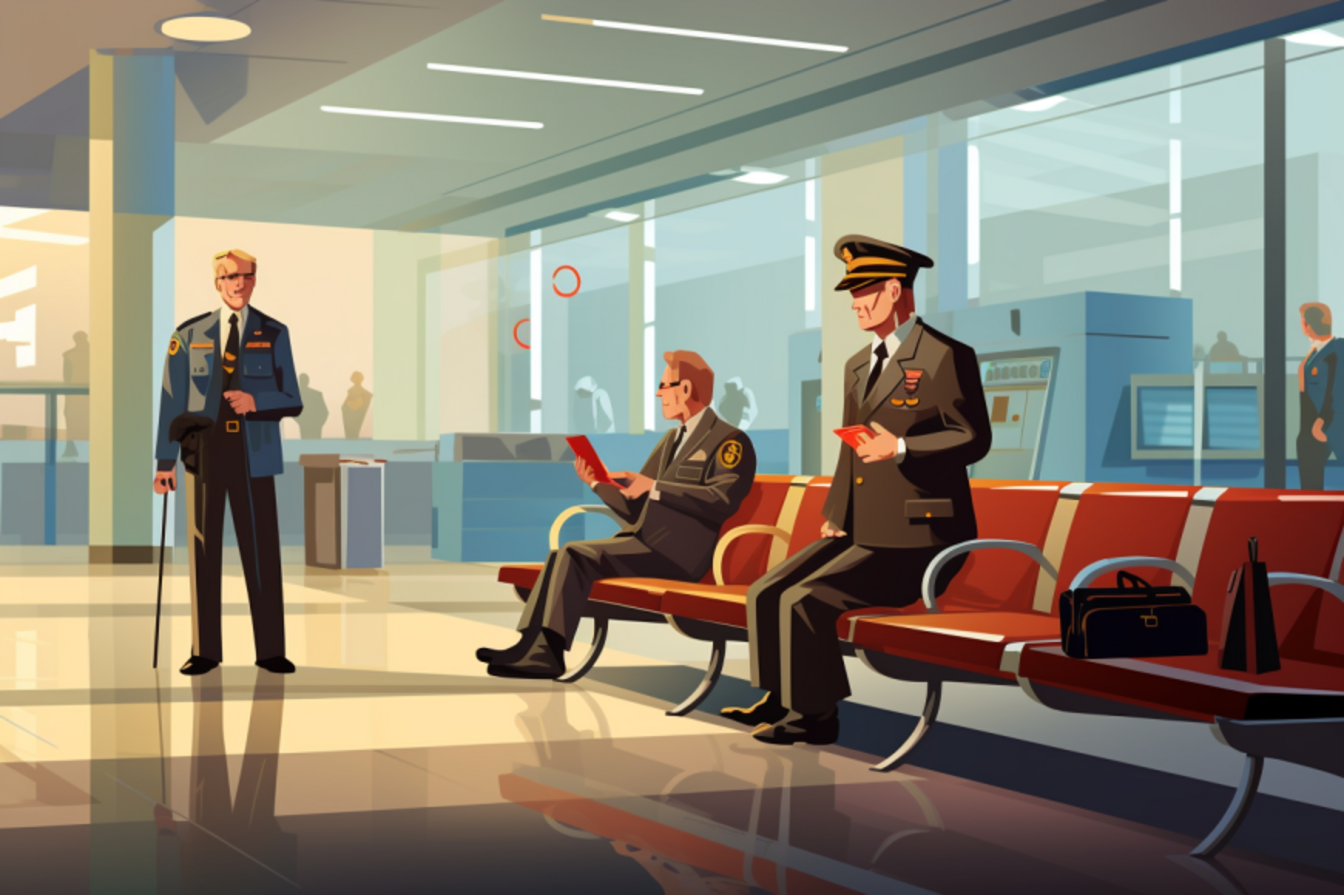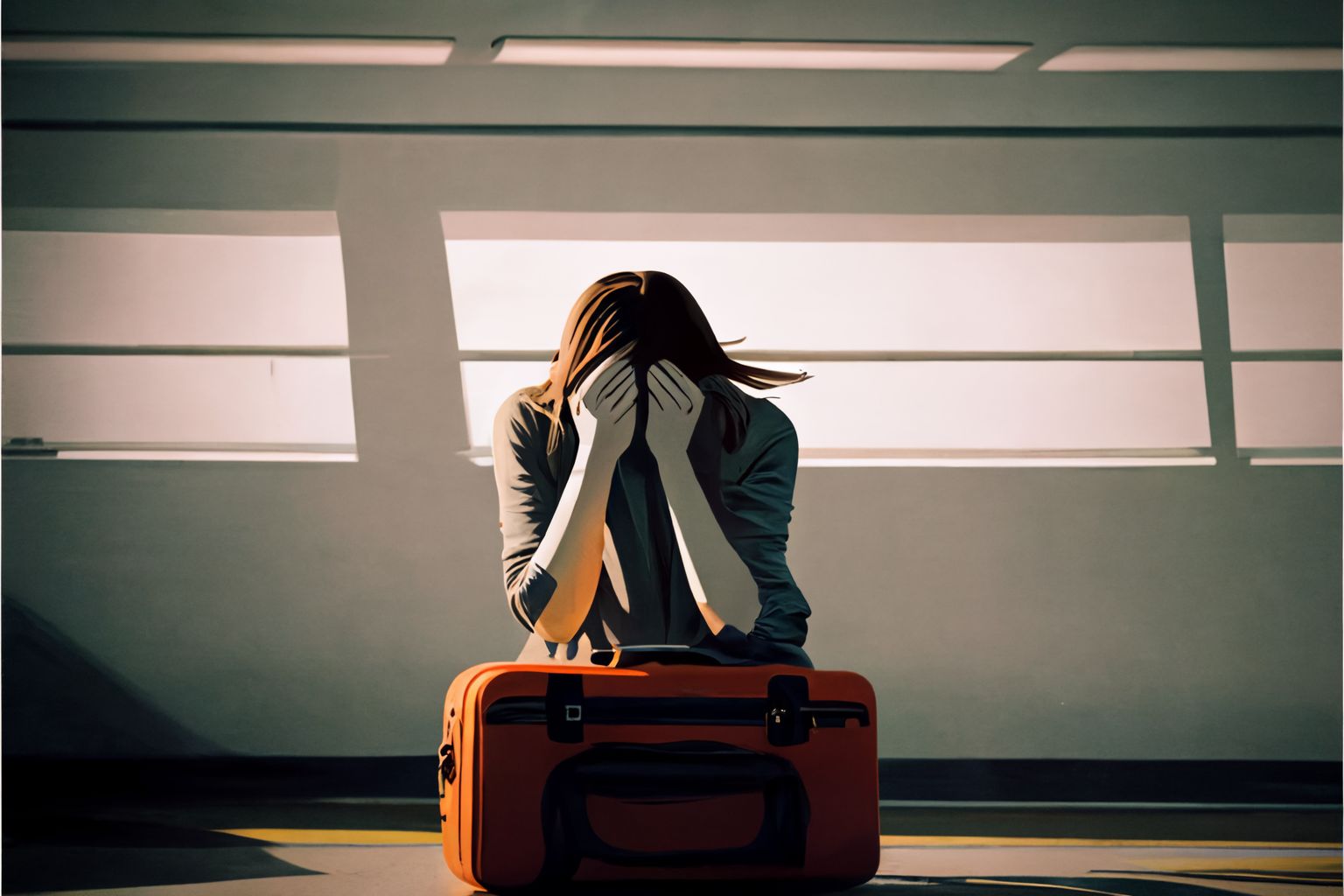The TSA offered Sue Speck an early Christmas present when she checked in for a recent flight from Columbus to Los Angeles: a coveted PreCheck designation on her boarding pass, which allowed her to avoid removing her shoes, taking out her laptop and most important, get around the agency’s dreaded full-body scanners when she was screened.
“It was easy,” says Speck, a sales administrative assistant who lives in Columbus. “There was no line.”
So easy that she found herself wishing for PreCheck privileges on her next flight, even though she didn’t belong to the exclusive program.
Stories of heartwarming customer service at the latex-gloved hands of the TSA seem to be common during the holiday travel season. The agency assigned to protect America’s transportation systems is inviting passengers to experience its faster, more civil PreCheck lines, even those who haven’t paid for a membership. It’s turning airport screening areas into hotel lobbies, featuring mood lighting, designer furniture and artwork. Its agents seem to be on their best behavior.
You can trust the TSA again
The charm offensive is meant to send a clear message: You can trust the TSA again.
That’s exactly what travelers should do.
They can trust the TSA to do what it always promised — to offer what it calls “random and unpredictable” security measures throughout the airport. Apparently, that means giving away PreCheck to untold thousands of air travelers who never asked for it. Maybe it’s just a coincidence that the TSA recently announced the opening of a new enrollment center and a new site to accept applications at $85 a pop. If the agency’s goal is to sell more PreCheck memberships by letting non-elites such as Speck crowd the fast lane. Look for a large “Mission Accomplished” banner at your airport in 2014.
But even card-carrying frequent fliers who already belong to PreCheck know their cards offer no assurances they’ll avoid intrusive TSA screenings reserved for mere mortals, where they’re forced to unpack liquids and gels, take off their shoes, then make the agonizing choice between an invasive full-body scan or an “enhanced” pat-down. No one is guaranteed expedited screening to retain “a certain element of randomness” to prevent terrorists from gaming the system, according to the agency.
TSA true to its core values
Travelers can also trust the TSA to stay true to its core values. Sure, the re-imagined checkpoints in Charlotte and Dallas are impressive. They feature plush red couches where you can put your shoes back on. There are also full-length mirrors where you can replace your jacket after your screening. There’s mood lighting and alt-rock pumped in, all designed to calm passengers, says the TSA. Best of all, the agency isn’t paying for any of it. Marriott’s SpringHill Suites is picking up the tab in exchange for the advertising opportunity.
But makeovers aren’t really the TSA’s thing. Remember what happened in 2008, when the agency switched from its plain white uniforms with embroidered logos to its current royal-blue shirts and gold badges. It made screeners look like police officers? A few months later, the agency implemented some of its most unpopular policies. It led to protests such as National Opt-Out Day. When passengers see changes, they worry — and with good reason.
TSA thanked WWII veterans for their service
What about the kinder, gentler TSA that some passengers have reported? For example, one reader recently told me he witnessed a group of World War II veterans who were being screened in a thoughtful and compassionate way. The agents also took the time to thank each GI for his service. It’s these stories that are the hardest to reconcile with our traditional image of TSA agents barking orders at passengers as they’re being herded like cattle through the screening area. (Here’s how to handle the TSA when you are traveling.)
Then again, wouldn’t you behave if you were on probation? As a series of Congressional reports makes clear, this agency is on the government’s “naughty” list. One study concluded the TSA is a bloated, top-heavy agency in need of reform. The agency’s behavior-detection program, which has cost $900 million since 2007, doesn’t work. It recommends that Congress “limit future funding” for the program.
You can trust the TSA to do whatever is necessary to keep itself from being defunded, privatized or eliminated. Even if it means sending random passengers to its Precheck line, remodeling its checkpoints or treating a select few with the dignity we all deserve.
HOW TO PRECHECK
What is it? Precheck is the TSA’s expedited screening program. It allows passengers to leave on shoes, light outerwear and belts, keep laptops in their cases and have bags of regulation-size liquids and gels in their carry-ons.
Where can you use it? Precheck lines are available at more than 100 airports. Participating carriers include Alaska Airlines, American, Delta, Hawaiian Airlines, JetBlue Airways, Southwest, United, US Airways and Virgin America.
How much does it cost? The $85 application fee is valid for a five-year membership in the program.
How do you enroll? Apply at universalenroll.dhs.gov or in person at Indianapolis International Airport.




